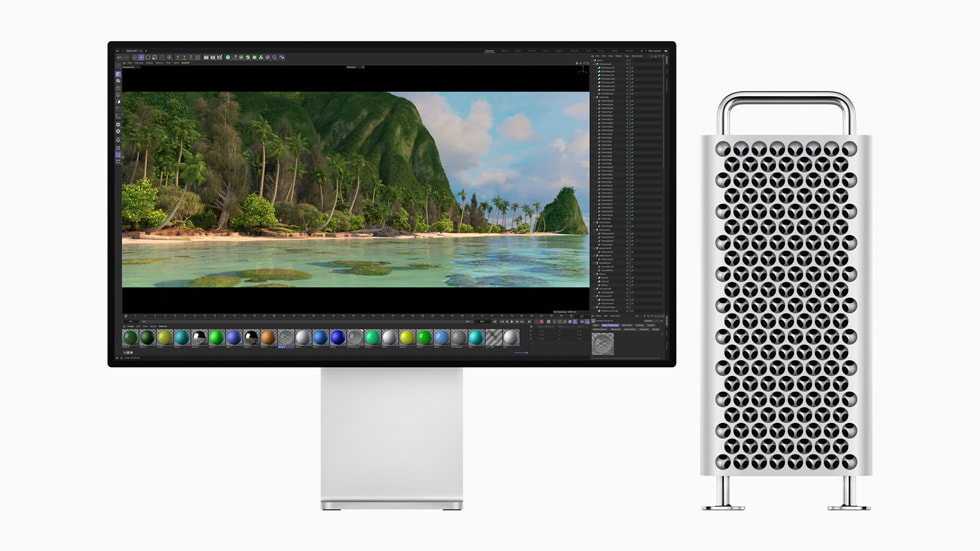Disney has a huge fleet of the 2019 studios which were all still Intel's and are by all accounts dated.you can look at a vast array of them:
https://jobs.disneycareers.com/job/sydney/look-development-artist-all-levels/391/32600788688
Layout artist:
https://jobs.disneycareers.com/job/mumbai/layout-artist-all-levels/391/40331291824
- Advanced knowledge of Linux, Maya, 3dEqualizer (or other tracking software) required. Knowledge of Nuke is a plus.
The Layout Artist will create camera moves and rough blocking animation within a digital environment.
Rigger :
https://jobs.disneycareers.com/job/...acter-technical-artist-rigger/391/40840789488
It is quite recent for Maya to even run native on Apple silicon I think.
- Working knowledge of Linux, Perforce, Linear Algebra
I would assume that jumping from them to the new units would be a big deal.
But that is why the Apple announcement had this note:

With up to 192GB of unified memory, the new Mac Pro with Apple silicon can do things that were simply not possible before, like render complex scenes with massive geometry and textures. (Disney Moana scene © Walt Disney Animation)
![[H]ard|Forum](/styles/hardforum/xenforo/logo_dark.png)